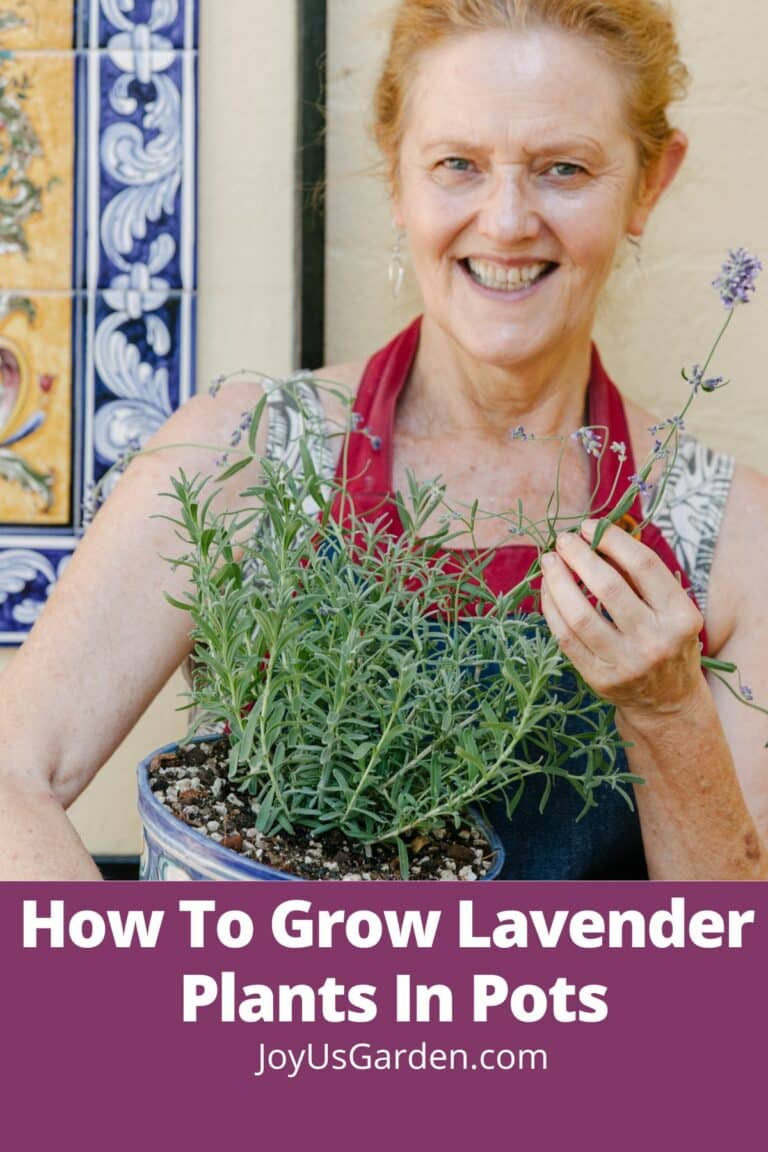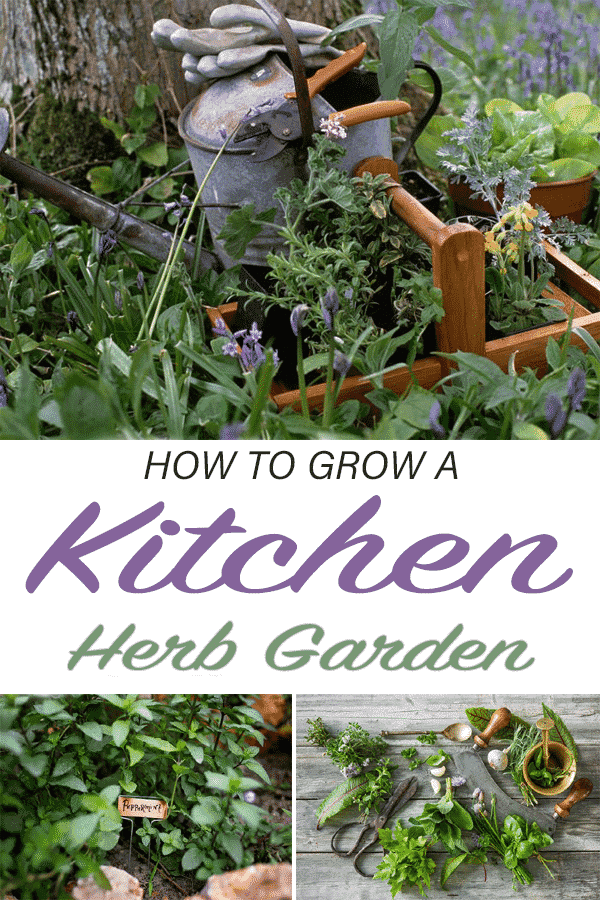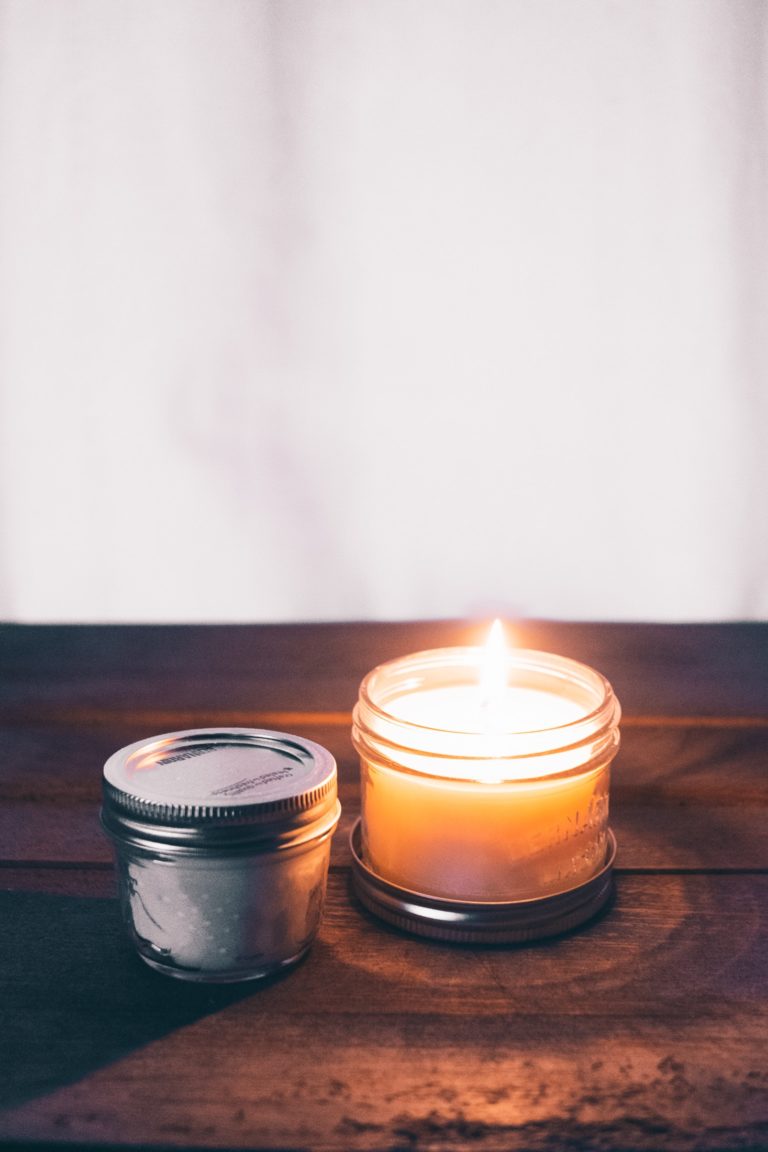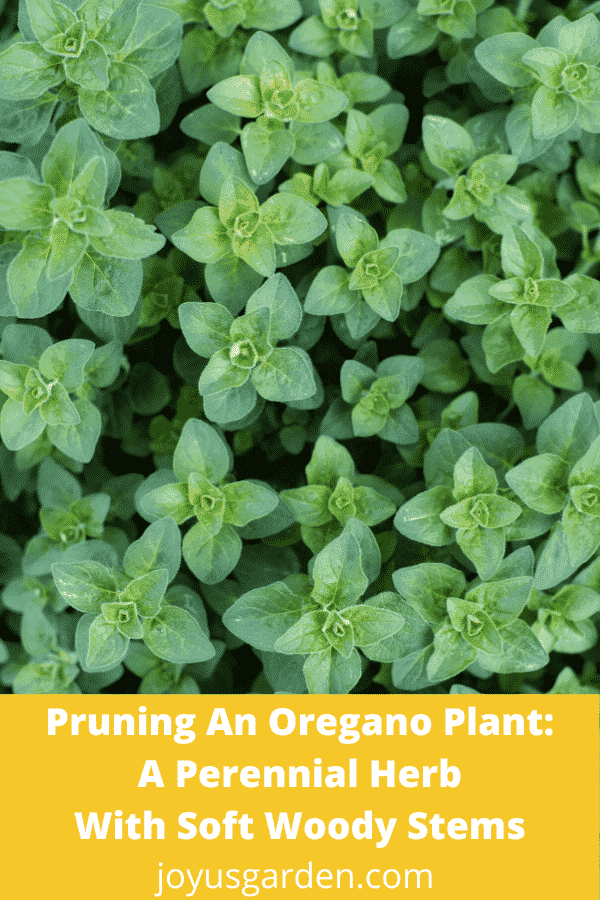How To Grow Parsley In Pots: Growing Indoors & Outdoors
This is a wonderful culinary herb. Learn how to grow parsley in pots to have it at your fingertips!
Many gardeners grow parsley plants as annuals, but parsley (Petroselinum crispum) is technically a biennial herb that produces flavorful green leaves in its first year, followed by flowers and parsley seeds in its second season.
Packed with flavor and health benefits, too, parsley is mostly grown for culinary use. It’s also commonly used as a companion plant in vegetable gardens, and it can be grown as a host plant for swallowtail butterflies as well.
Whether you have a small container garden or want to keep a few fresh herbs on a sunny windowsill, parsley is an easy herb to grow, and we’ll teach you how to do just that in this guide!
This post may contain affiliate links. You can read our policies here.
How to Grow Parsley in Pots
Types Of Parsley
Curly Parsley
One of the two most common varieties of parsley, curly leaf parsley or French parsley, is often used as a garnish… but it’s perfectly edible. Curly types of parsley have a mellow flavor, and their tasty leaves can be used fresh or dried in tons of different recipes.
Italian Parsley
Also known as flat-leaf parsley, Italian parsley is every bit as tasty as curly-leaf parsley varieties, although many cooks agree that flat-leaf parsley has a stronger flavor. Compared to curly varieties, Italian parsley’s feather-like leaves are much easier to chop, and their bright green color is sure to enliven chimichurri, tabbouleh, and other dishes!
Pot Selection
Parsley herbs don’t get very large and can grow quite well in a small pot or grow bag. Containers that are about 6” in diameter will work for individual parsley plants, but if you have a larger container, you can keep multiple plants together. Just make sure there are plenty of drainage holes at the bottom of the pot to keep root rot at bay!
Soil
While parsley is a low maintenance plant, it grows best in rich soil with plenty of organic matter and good drainage. Standard potting mixes are suitable for parsley, but your plants will grow even better if you mix worm castings or organic compost into the soil before planting.
You can check out our favorite soils and amendments here.
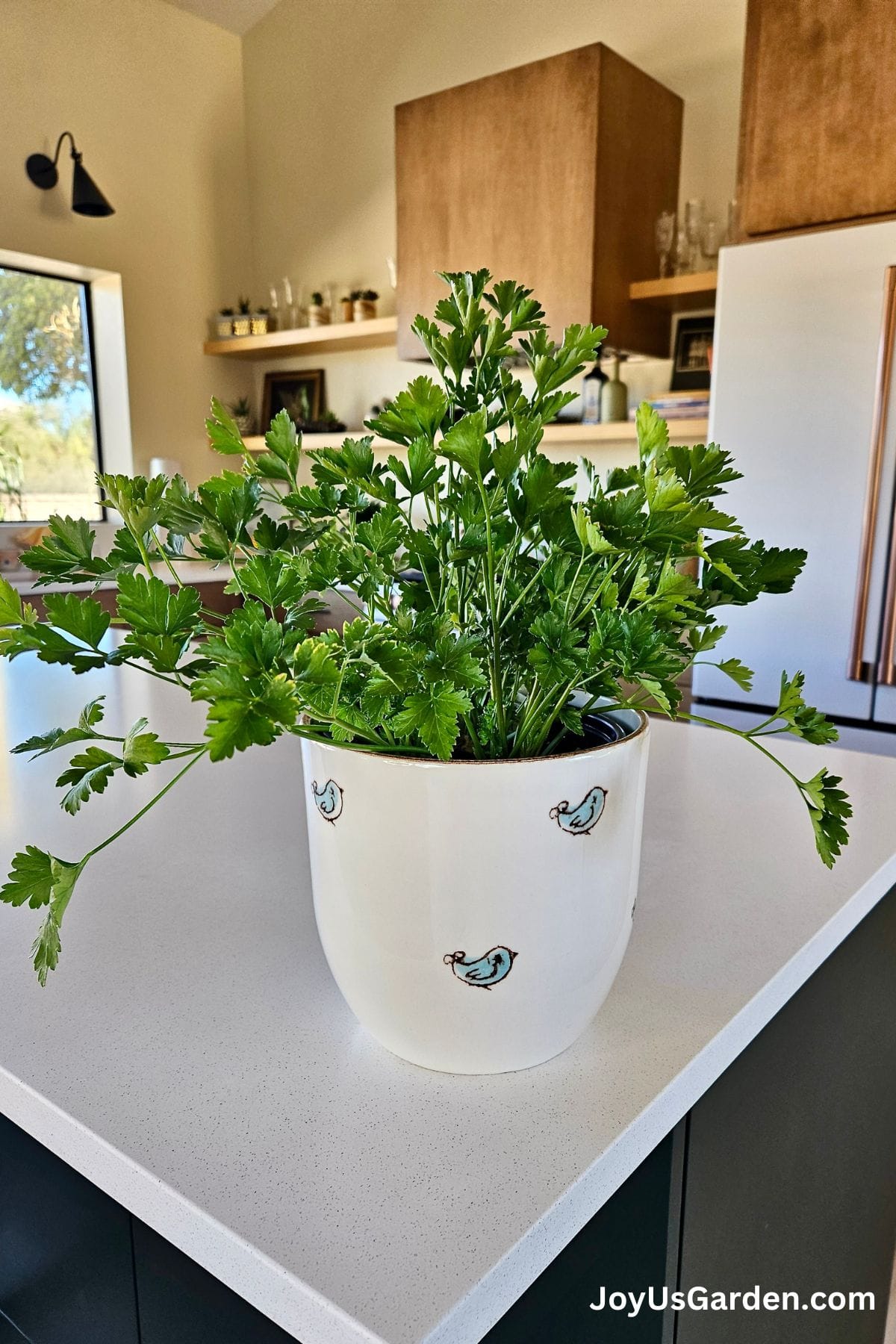
How To Grow Parsley From Seed
Gardeners in colder climates typically start parsley seeds indoors in early spring, about 6-8 weeks before the last spring frost is expected. However, growers who live in warm climates can sow seeds outdoors in pots about 3-4 weeks before their last frost date.
To plant parsley, lightly scatter the seeds over fertile soil and then cover the seeds up with about ¼” of potting mix. If you’re growing parsley indoors, add a grow light and a plastic bag or humidity dome over your planting pots to boost germination rates and keep the soil from drying out.
Soaking parsley seeds overnight before planting and keeping the soil temperature around 70F will also improve germination.
Parsley seedlings take about 2 to 4 weeks to sprout, and you’ll need to thin seedlings out once they have a few sets of true leaves. Thin out the weakest seedlings by clipping off their stems with fingernail scissors or gently repot them into individual pots so each plant has at least 6 to 8” of growing room.
How To Plant Parsley In A Pot
If you start parsley seeds indoors or purchase pre-started parsley from your local garden center, you’ll likely need to transplant parsley into a larger pot at some point. To do this, gently wiggle your parsley plant out of its original growing container and take care not to damage its delicate root system.
Then, place the parsley plant in its new pot, backfill it with fresh potting mix, and give your new plant a deep drink of water to help it settle in!
Feeding and Fertilizing Parsley
Like other herbs, parsley is not a heavy feeder but will grow best with a bit of liquid fertilizer. Use fish emulsion or another water-soluble fertilizer and dilute the product to half-strength. Then, apply the fertilizer about once a month to your parsley as part of your regular watering schedule.
You can check out our favorite fertilizers here.
Check out this general guide to herb gardening in pots & this one on herb gardening for beginners for more info on growing these useful plants.
How To Grow Parsley Indoors
Exposure
If you want to grow parsley indoors, select a sunny spot that receives at least 6 to 8 hours of direct sunlight daily. Bright, south-facing windows are usually the best choice, but you can also grow parsley under grow lights if your home doesn’t receive a lot of natural light.
Watering
Indoor parsley should be watered about once a week, but be careful not to overdo it. Soggy soil can lead to root rot, so only water your parsley when the top 1” of soil feels dry.
Pruning
Parsley harvested frequently may not need to be pruned, but pruning can encourage parsley to grow bushier and produce more leaves. To prune your plants, snip away any yellow or damaged leaves, as well as leaves with elongated stems, and then clip off the plant’s outer leaves to about 1” above the soil line.
Those outer leaves tend to be the oldest on parsley plants, and cutting them off will refocus your plant’s energy toward producing new, fresh growth.
Pests and Common Problems
Pests and diseases are less likely to occur on indoor parsley, although plants may sometimes develop spider mites or root rot.
Spider mites can be controlled by spraying your plant with an organic insecticidal soap or neem oil spray, while root rot can be prevented by keeping your plants in well-draining pots and not overwatering them!
Learn how to grow basil in pots, how to grow thyme in pots, & the 10 best herbs to grow indoors.
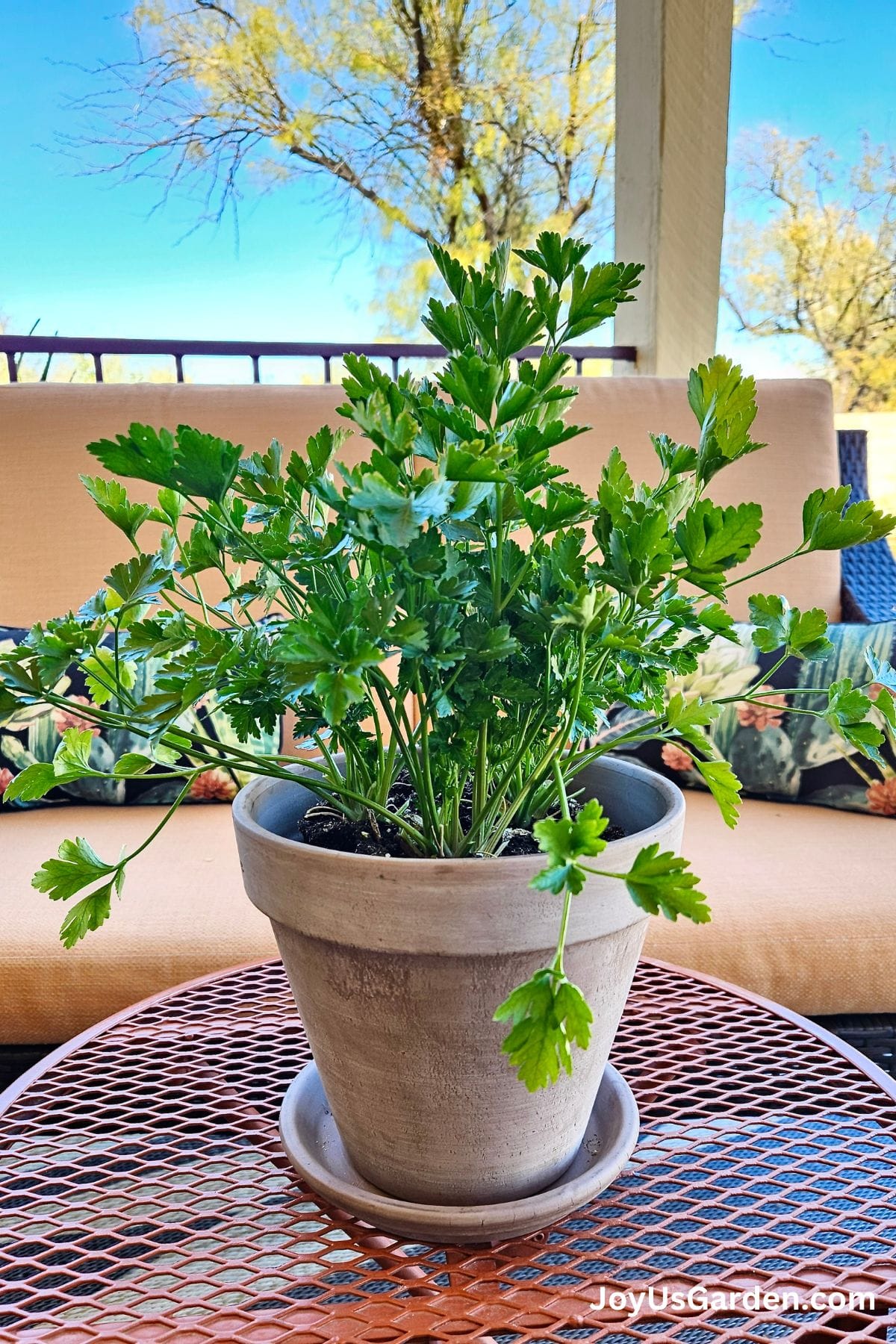
How To Grow Parsley Outdoors
Exposure
Parsley is technically a full sun plant, and it will grow best in pots placed in a bright area that receives 6 to 8 hours of sunlight a day. However, gardeners in very hot climates may want to keep parsley in partial shade so the plant leaves don’t dry out too quickly.
Watering
Outdoor parsley grows best in consistently moist soil and should be watered with about 1 to 2 inches of water per week. Overly dry soil is more likely to occur on outdoor plants kept in small pots, so be sure to carefully watch your herbs and water them more often in hot weather.
Pruning
Garden parsley should be pruned like indoor plants by snipping away the older outer leaves every few weeks. If you grow parsley as a biennial plant and overwinter it outdoors, cut the leaves off about 2 to 3” above the soil line in the fall and add some straw mulch for root insulation.
Once the temperatures warm in spring, rake away the mulch and harvest second-year parsley leaves for fresh eating until the plant starts to flower.
Pests and Common Problems
Several different insects, such as leafminers, cutworms, and aphids, may target outdoor parsley. Cutworms can be deterred with plant collars placed around the base of your plants when you move them outdoors.
Aphids and leafminers, on the other hand, can be managed by cutting off and destroying any leaves with significant pest infestations and then spraying the remaining leaves with a strong blast from your garden hose.
Beyond pests, parsley can also develop fungal issues, such as septoria leaf spot and powdery mildew, which can cause leaf discoloration and spotting. Watering parsley at the base of the plant and cleaning up and destroying old plant debris in autumn are the best ways to prevent these diseases from spreading.
Do you like to cook? You’ll find this post on the 22 best herbs for cooking to be helpful.
Harvest and Store Parsley
Parsley is a cut and come again herb that can be harvested throughout the growing season by clipping off a few leaves as needed. Plants can also be harvested more aggressively by cutting off a handful or two of leaves at once, but never harvest more than 1/3 of your plant at one time. Cut parsley leaves down to the soil for best results, as stems left in place won’t continue to grow or produce leaves.
After you harvest parsley leaves, use the leaves right away or store them in your fridge by placing the cut stems in a glass filled with about 1” of water (just like fresh flowers!). Stored in this manner, parsley will stay fresh for about a week or two; however, you can keep parsley even longer by dehydrating the leaves with a food dehydrator.
Another option is to freeze parsley whole in airtight bags or chopped and frozen in ice cube trays with water or olive oil.
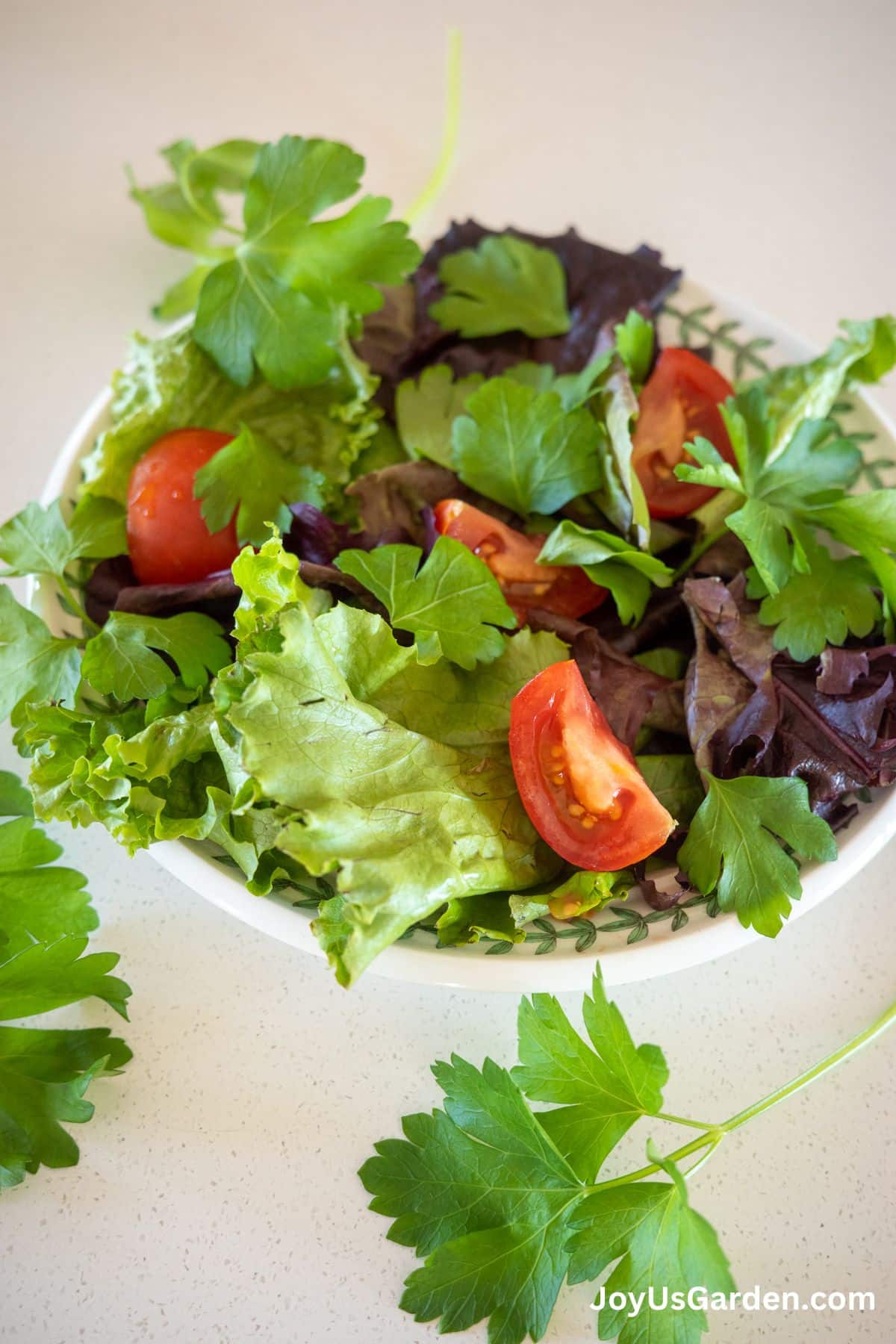
FAQ’s How To Grow Parsley In Pots
To harvest parsley, remove up to 1/3 of the plant’s leaves at the soil line, starting with the older leaves around the exterior of the plant. This will encourage parsley to grow more prolifically and provide you with more fresh herbs in the future!
Parsley is a biennial, which means it will grow for two years and then die away. To keep your parsley patch productive, plant new parsley seeds every year or two or allow second year parsley to go to seed and self-sow.
That depends. After parsley flowers, the leaves lose much of their flavor, and they aren’t as good for fresh eating. However, parsley blooms are highly attractive to pollinators and many beneficial insects that will feed on garden pests. And, parsley flowers also eventually produce parsley seeds!
Happy Gardening
-Lauren







